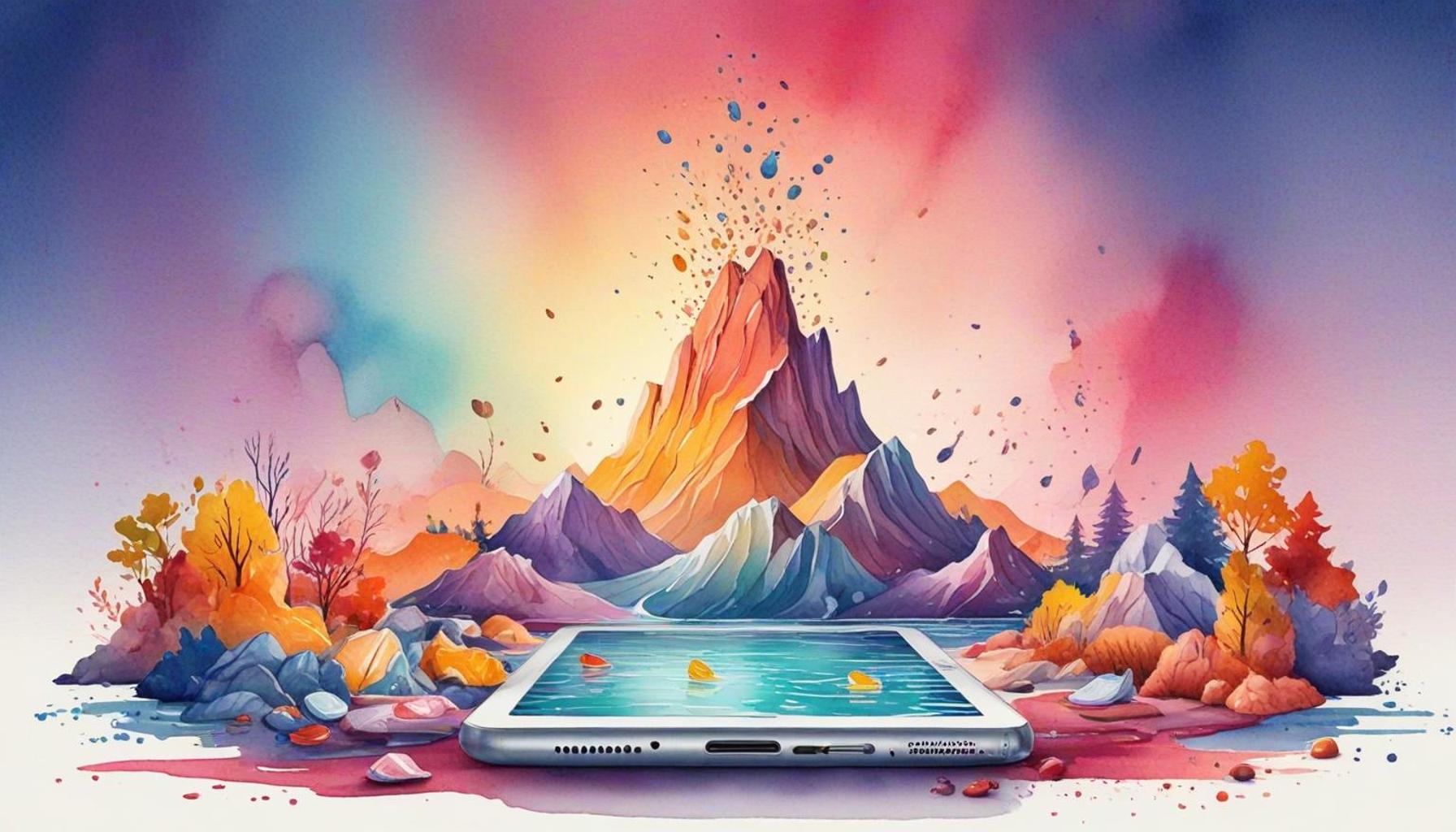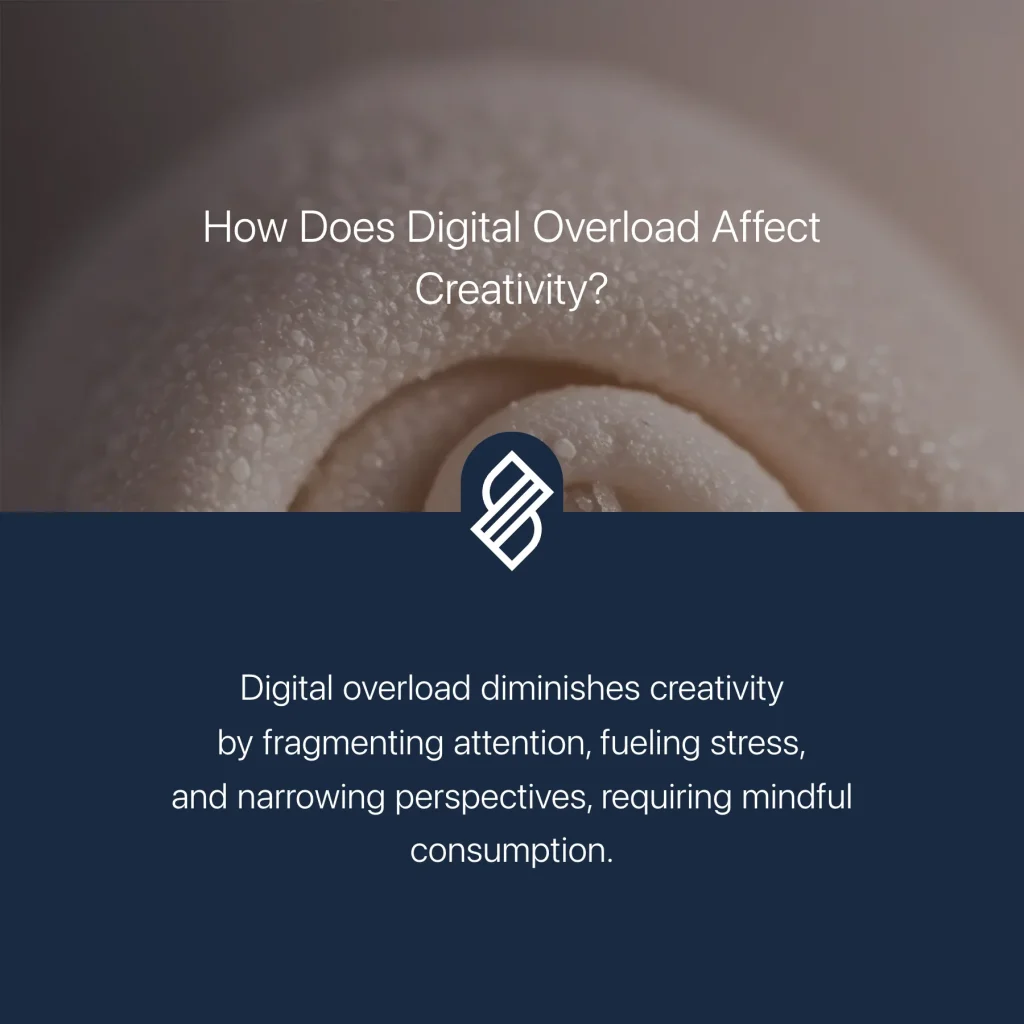Mindful Consumption in the Digital Era: How to Filter Excess Information and Advertising

Understanding Mindful Consumption
In today’s hyper-connected world, the boundaries between our physical and digital lives have blurred considerably. We are constantly bombarded with information from multiple sources—social media, news snippets, and advertising—all vying for a moment of our attention. This relentless input can lead to feelings of fatigue, stress, and distraction. The practice of mindful consumption becomes increasingly essential, allowing us to engage more thoughtfully with the digital content we encounter.
The Impact of Endless Scrolling
One of the greatest challenges in our digital interactions is the phenomenon of endless scrolling. Social media platforms like Instagram and Twitter encourage users to scroll through an infinite array of posts. Research from Pew Research Center indicates that approximately 69% of Americans use social media, with many reporting that it consumes significant parts of their day. This constant engagement can create an addictive cycle, where users find themselves mindlessly scrolling, often disregarding their emotional or mental well-being.
Targeted Advertising and Impulse Buying
Targeted advertising plays a pivotal role in our online experiences. Using sophisticated algorithms, platforms such as Facebook and Google tailor ads to our specific interests, which can lead to impulsive purchasing decisions. A study by the Digital Advertising Alliance showed that 66% of consumers are concerned about their online privacy, yet they still frequently engage with personalized ads. This paradox illustrates the need for consumers to cultivate an awareness of their spending habits and question whether such impulses align with their genuine needs.
Combatting Information Overload
The onslaught of notifications and updates can create a state of information overload. When our devices ping us with countless alerts throughout the day, it can hinder our ability to make sound decisions. The University of California conducted a study revealing that the average person checks their phone 96 times a day, often leading to difficulties in concentrating and increased anxiety. By being selective about which notifications we allow, we can regain control over our digital environment.
Cultivating Mindfulness Online
To navigate this complex digital landscape, adopting a strategy for mindful consumption becomes invaluable. This can include practices such as setting specific times to engage with social media rather than indulging in spontaneous scrolling or curating our news feeds to include only reliable sources. One effective technique is to implement a digital detox, where individuals periodically disconnect from technology to reconnect with the physical world. This shift can not only enhance mental clarity but also improve overall well-being.

Conclusion
As we delve deeper into the principles of mindful consumption, it becomes clear that being a conscious consumer is a proactive choice. By filtering out excess information and focusing on what truly enriches our lives, we can forge a healthier relationship with technology. In taking these steps, we not only protect our mental health but also empower ourselves to make informed decisions, leading to more fulfilling digital experiences.
DISCOVER MORE: Click here for insightful tips
Understanding the Need for Filtering
The digital landscape has become a double-edged sword, providing valuable information while simultaneously overwhelming users with options and advertisements. As we immerse ourselves in this expansive realm, the necessity for mindful consumption becomes more pressing. The concept pushes individuals to filter the abundant streams of content, ensuring that the information we engage with is not only relevant but also enriching.
Identifying Information Curation Techniques
Amidst an avalanche of data, one of the primary strategies for cultivating mindful consumption is to properly curate information. This allows users to foster an environment supportive of their interests without falling prey to cognitive overload. Here are several techniques that can enhance your online experience:
- Unsubscribe and Unfollow: Regularly assess your social media feeds and subscription lists. Unfollowing irrelevant accounts or unsubscribing from excessive email marketing can significantly reduce distractions.
- Create Lists and Groups: Utilize tools available on various platforms to create categorized lists or groups. This helps maintain focus on specific interests without being sidetracked by unrelated content.
- Set Content Boundaries: Designate specific times for internet use, prioritizing quality over quantity. By limiting exposure to certain platforms, you can manage the influx of information more effectively.
- Utilize Content Filters: Employ browser extensions or features that filter out unwanted advertising and content, tailoring your browsing experience to align with your personal preferences.
Understanding Personal Triggers
To deepen our engagement with mindful consumption, we must recognize personal triggers that prompt compulsive browsing or shopping behaviors. Research indicates that many individuals tend to engage in online activities as a response to boredom or stress, leading to impulse decisions that detract from mindful consumption. By identifying these triggers, users can mitigate their effects and develop healthier online habits.
Moreover, awareness of your consumption patterns can lead to actionable insights. Keeping a daily journal of your online activities can provide a clearer picture of when and why you engage with digital content. This practice can help pinpoint specific times when your consumption habits deviate into mindlessness, allowing for more mindful adjustments.
The Role of Digital Tools in Mindfulness
Incorporating technology designed for mindfulness can also play a pivotal role in filtering digital noise. Several apps specialize in promoting focused consumption, ranging from those that track usage time to mindfulness applications that encourage breaks and prayerful pauses. By actively engaging with these tools, individuals can leverage technology to foster a more intentional and balanced relationship with their digital lives.
Ultimately, the journey toward mindful consumption in the digital era requires continuous reflection and adjustment. By implementing practical strategies for filtering excess information and advertising, you can foster a healthier connection with the digital world. This conscious approach opens up pathways to enriching content that aligns with your values and interests—an essential aspect in cultivating well-being amidst modern chaos.
As we navigate the overwhelming landscape of digital media, it’s crucial to adopt strategies that promote mindful consumption. This concept encourages users to be aware of the information they consume and the advertising that bombards them daily. By implementing certain practices, individuals can enhance their experience online and reclaim their time and attention.
One of the first steps in filtering out excess information is to evaluate the sources we engage with regularly. By curating an online environment that aligns with our interests and values, we can effectively reduce noise and focus on meaningful content. This involves unfollowing accounts that overwhelm us and prioritizing those that contribute positively to our knowledge and well-being.
Additionally, utilizing tools and applications designed to limit distractions can aid in this process. Extensions for browsers that block advertisements or filter content allow users to take control of their digital experiences. These tools not only streamline information but also help in cultivating a more peaceful online presence. The reduction of ads and irrelevant content leads to a calmer and more focused interaction with the internet.
Moreover, practicing digital detoxes, whether through designated breaks from screens or limiting social media usage, fosters a healthier relationship with digital content. During these breaks, individuals can reflect on their consumption habits and make adjustments that promote wellness and mindfulness. Each of these steps is integral in developing a more thoughtful approach to engaging with the digital world, ultimately shaping our experiences in a positive direction.
| Category 1 | Category 2 |
|---|---|
| Content Curation | Prioritizing relevant and meaningful information sources. |
| Digital Tools | Using apps to filter ads and focus on valuable content. |
Incorporating these practices into daily life not only improves the quality of information consumed but also promotes mental clarity and focus. The key is to remain conscious and deliberate in the digital choices we make, ensuring that we engage with content that enriches rather than overwhelms. Embracing mindful consumption heralds a positive shift in our interaction with the digital era, paving the way for a more intentional and impactful relationship with technology.
DISCOVER MORE: Click here to learn about optimizing your space
Building a Mindful Digital Environment
Creating an environment conducive to mindful consumption goes beyond mere filtering of information; it involves cultivating habits and settings that enhance the quality of our digital interactions. By deliberately designing our digital surroundings, we can eliminate distractions and foster a sense of purpose in our online activities.
Curating Your Digital Space
A critical step in building a mindful digital environment is curating the platforms and applications we use. Instead of passively scrolling through various feeds, consider investing time in platforms that are known for quality content tailored to your interests. For example, platforms like Medium present articles written by experts in varying fields, allowing you to dive deeper into topics that genuinely resonate with you.
Furthermore, consider changing your homepage or browser settings to display positive or motivational content rather than popular news headlines that often contribute to anxiety and negativity. A personal blog or mindfulness website can serve as a daily reminder to stay focused on enriching content rather than engage in passive consumption driven by algorithms.
The Power of Digital Minimalism
Another approach to align with mindful consumption is embracing the philosophy of digital minimalism. This trend advocates for a minimalistic approach to technology and digital interaction, prioritizing high-quality engagements over quantity. By reducing the number of applications on your devices and purposefully selecting fewer social media platforms, you can streamline your online experience and reduce the mental clutter associated with overconsumption.
Research underscores that individuals who adopt digital minimalism often report enhanced focus, improved mental well-being, and a greater sense of fulfillment. Consider dedicating a week to remove or limit certain platforms or applications, observing how it impacts your mood and productivity. Not only does this create space for more purposeful consumption, but it can also lead to a renewed sense of appreciation for the information you do engage with.
Practicing Digital Detoxes
In order to break cycles of habitual overconsumption, digital detoxes can be remarkably effective. Dedicating specific periods to disconnect from the internet and digital devices allows individuals to regain control over their online habits. Whether it’s a few hours each day or an entire weekend, detoxing provides time to engage in offline activities, fostering creativity, mindfulness, and deeper connections with those around you.
Moreover, the practice of “one-in, one-out” can be beneficial. Each time you introduce a new app or follow a new account, consider eliminating another from your digital life. This principle helps to maintain a balanced approach to consumption, ensuring that your online experience remains fulfilling rather than overwhelming.
Learning to Say No
Finally, as individuals navigate the complexities of the digital era, learning to say no is crucial. With the normalization of constant connectivity, prioritizing your mental health requires the discipline to decline invitations from apps and platforms that invite distractions. From notifications about sales to alerts about new posts, consider limiting notifications to only those that serve a clear purpose. This empowers you to define your interaction with digital content on your own terms.
By actively adopting these practices, you not only shape your online environment but also empower yourself in the journey of mindful consumption. Engaging with information that enriches your life—rather than detracting from it—becomes a achievable, rewarding endeavor. In a world inundated with choices, the power to curate your digital engagement is ultimately in your hands.
DISCOVER MORE: Click here to dive deeper
Conclusion: Embracing Mindful Consumption in the Digital Age
As we stand at the intersection of innovation and inundation, the concept of mindful consumption emerges as a beacon guiding us through the complexities of the digital era. With an overwhelming deluge of information and advertising vying for our attention, it becomes imperative to adopt practices that enable us to cultivate not only a healthier relationship with technology but also a more enriching and focused digital experience.
By actively curating our digital space, embracing digital minimalism, and practicing digital detoxes, we step into a realm where we can control our interactions and engage with content that truly matters. The simple act of learning to say no—whether to unnecessary notifications, captivating distractions, or superficial engagements—empowers us to reclaim our time and mental space. This is not just about limiting consumption; it’s about fostering an environment where thoughtful engagement flourishes, making our online interactions beneficial instead of burdensome.
Moreover, the principles of mindful consumption resonate beyond individual practices and tap into broader societal shifts. As more individuals prioritize mental well-being and intentional living, there is a collective push towards platforms and creators who value quality over quantity. In this landscape, we have the ability to influence the type of content created and shared, fostering a culture that uplifts and educates rather than overwhelms.
In summary, the journey toward mindful consumption in the digital age is one of intention and reflection. As we navigate this evolving digital terrain, let us strive to make choices that align with our values, enrich our lives, and ultimately, empower ourselves and others in this shared experience. Your path to a more mindful digital existence begins now.


